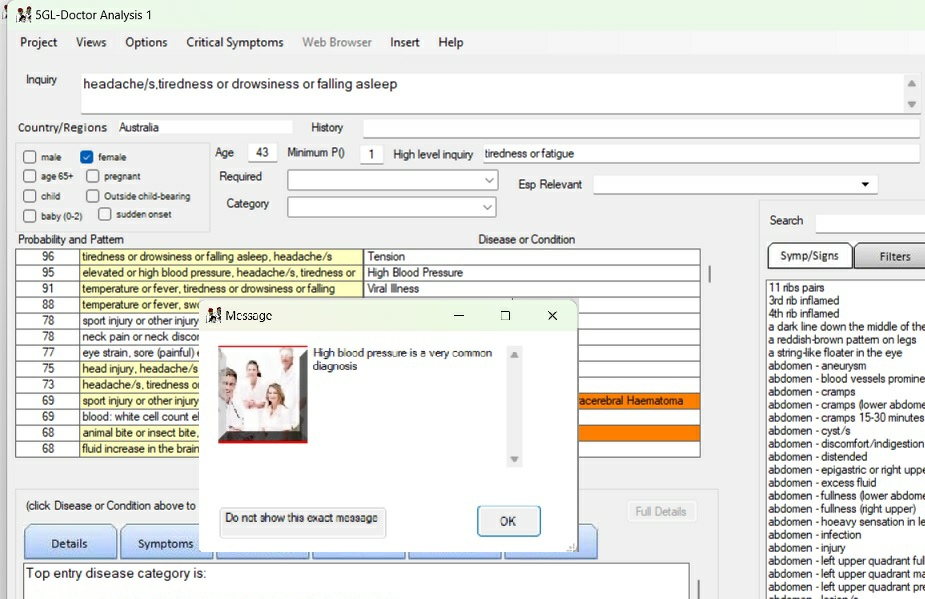
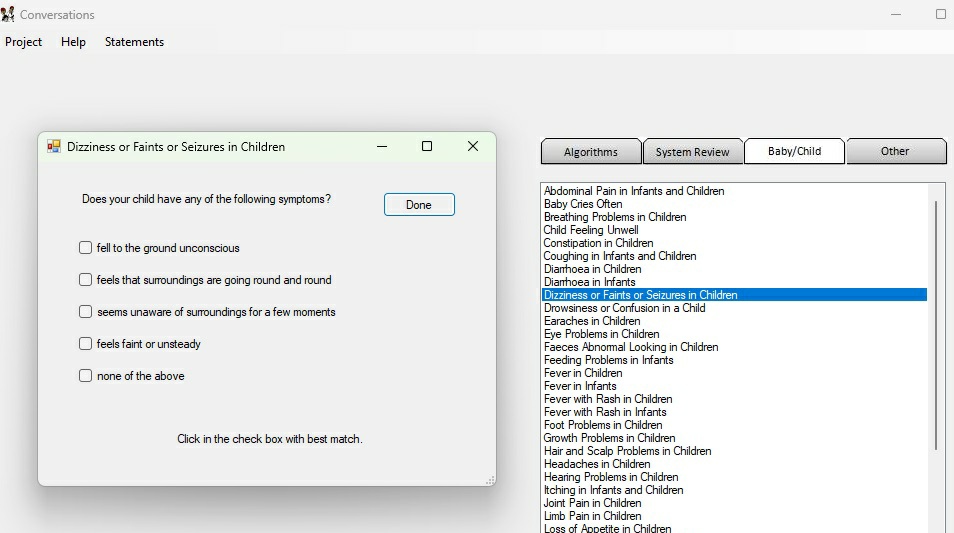
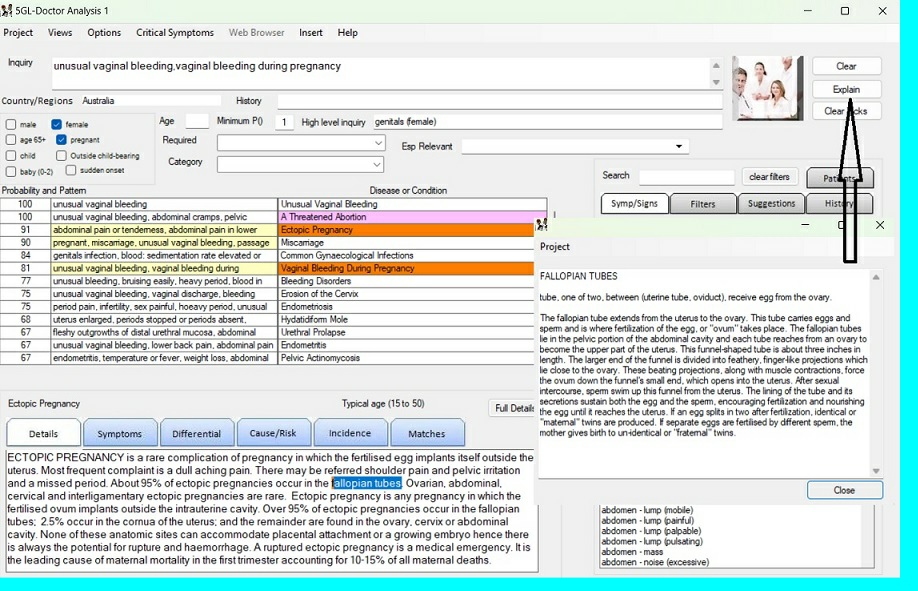
5GL-Doctor Gallery 2 - aimed more at the personal user
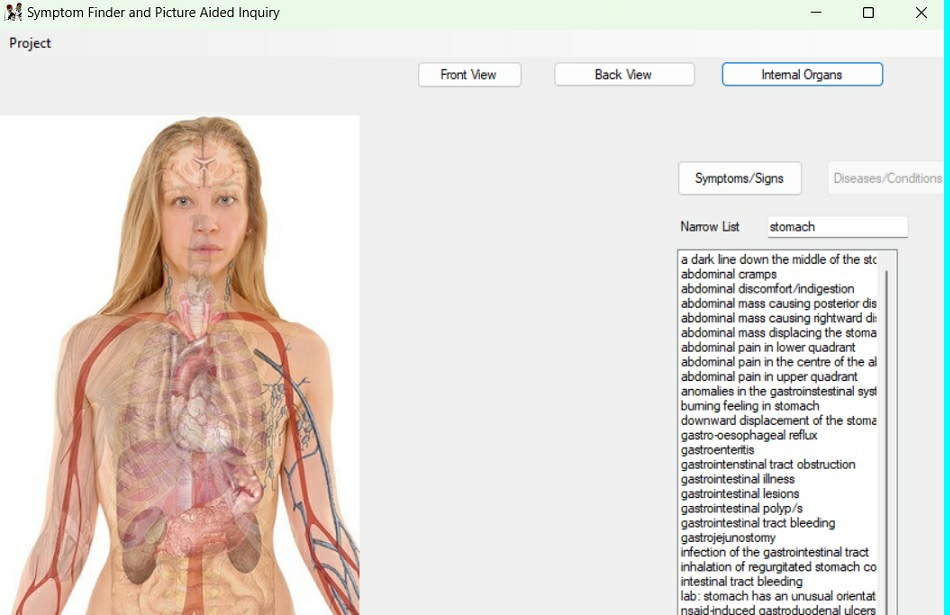
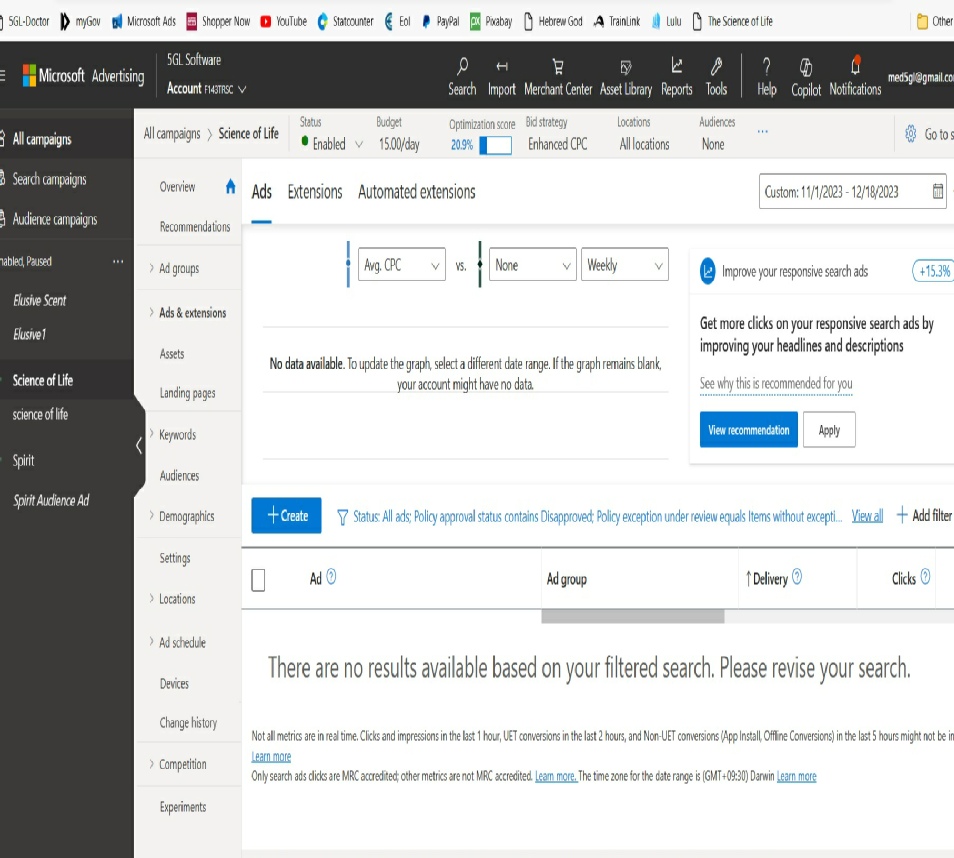
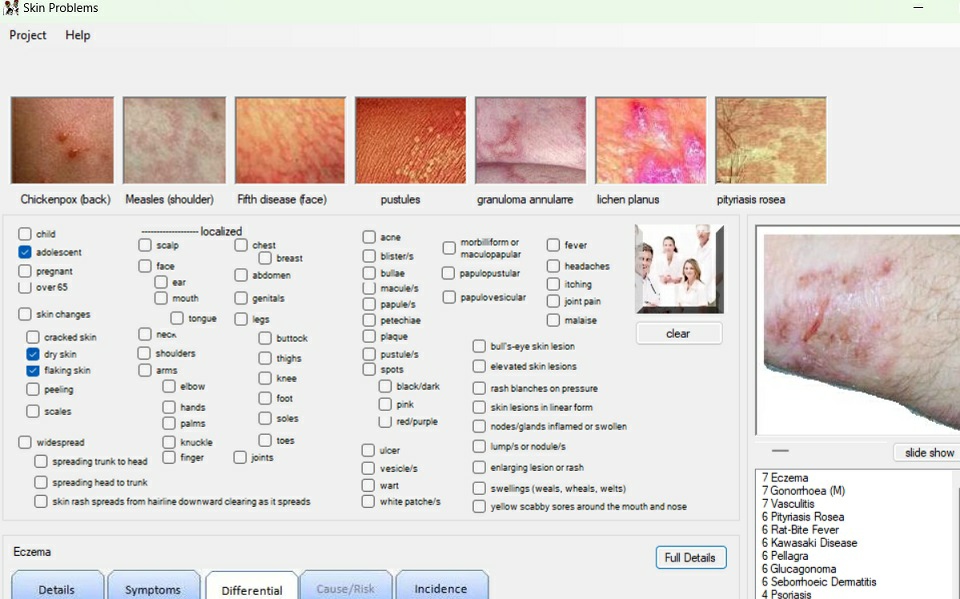
In the future, anyone heading to the doctor can know precisely what the likely outcome will be; what tests may be required; and the options of available treatments. Software such as this can make that a reality. It is not about self-diagnosis. It is about being informed. There is so much information available about any medical condition - if only you knew what to look for and where! That’s where 5GL-Doctor comes in. Enter an inquiry and a list is shown. Go through the entries. If you entered your inquiry well and provided all the information, chances are excellent that one of the top listed conditions will prove the final diagnosis (that will be made by a health professional). And, when you read an entry and don’t understand the terminology - mark the word or phrase and click the ‘Explain’ button. There is a good sized medical dictionary in the software. One problem with medical terminology is that such can be a mix of a prefix or suffix and that makes it hard to understand - not anymore. 5GL-Doctor works out the prefix or suffix and usually explains very well.
With a Selection List of around 12,000 symptoms/signs/events, in plain simple English, you can find exactly what you are after. If you want to do this by a medical term, that’s fine, most are mapped onto medical terms. 5GL-Doctor has the answers, or points you to an excellent medical site URL.
Those who studied medical doctors concluded such usually have a fine memory - but it is extremely rare, extremely so, to find a physician who can think outside the square. That is a problem when something unexpected surfaces. 5GL-Doctor not only thinks outside the square - it builds an internal universe of symptoms and signs and events, usual and unusual, that belong to a disease category. It will not miss the unusual. In addition, in the ‘Conversations’ section, there is a conversation which is an annual health assessment. Something that, in theory, all physicians ought to do with a patient - except it is so long it is unlikely any physician ever does it or even knows about it.
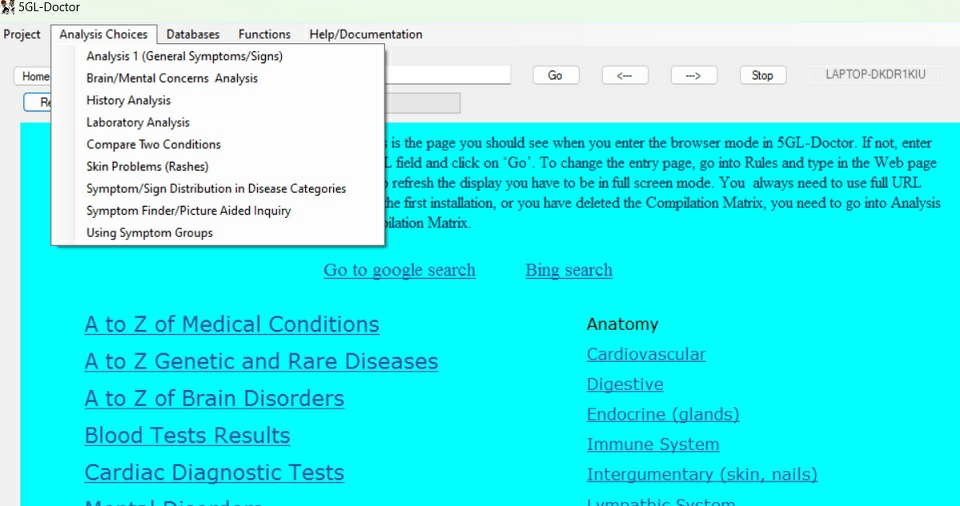
On entry this page will be shown if you are connected to the Internet. To reliable medical information. You can change the start page URL.
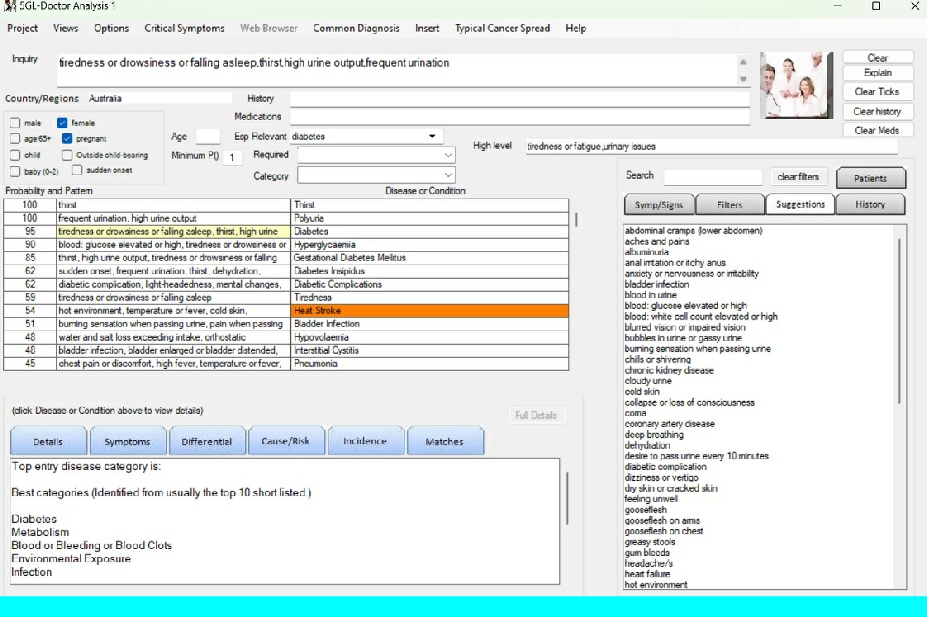
The Help facility explains how to enter symptoms/events in the inquiry. Briefly, choose the most accurate description. With over 12000 specific items, you should find exactly what you need to find. The ‘Suggestion’ list that comes up after an analysis, is the symptoms/events found in the top 10 results which are not in the inquiry. Look over these. You might have missed an important symptoms so include it, click on it, and run the inquiry again. Also look through the ‘History’ list. This list has all the risk factors or common causes that can bring about an illness or a condition arises. Select any that apply to you. If you ride a horse, and find that on this list, and click on it and a message informs which conditions are affected by that personal history. If you worked with plastics, again select that if it comes up. In addition, find some entries directly in the database. Example. The entry on ‘Sweating’ lists all know conditions that can cause particular sweating.
Adjust any medical condition in the database that you have by including the symptoms;/signs specific to you, which you know you have experienced. People are different and symptoms/events can vary. The Help explains how to update any part of the database.